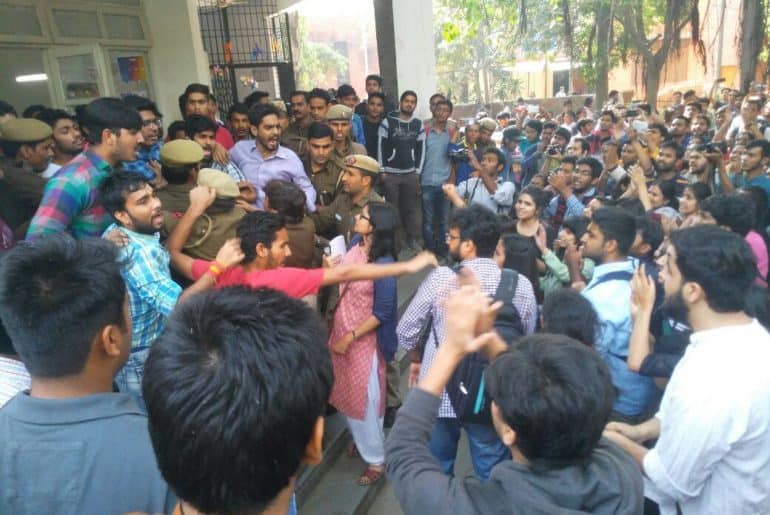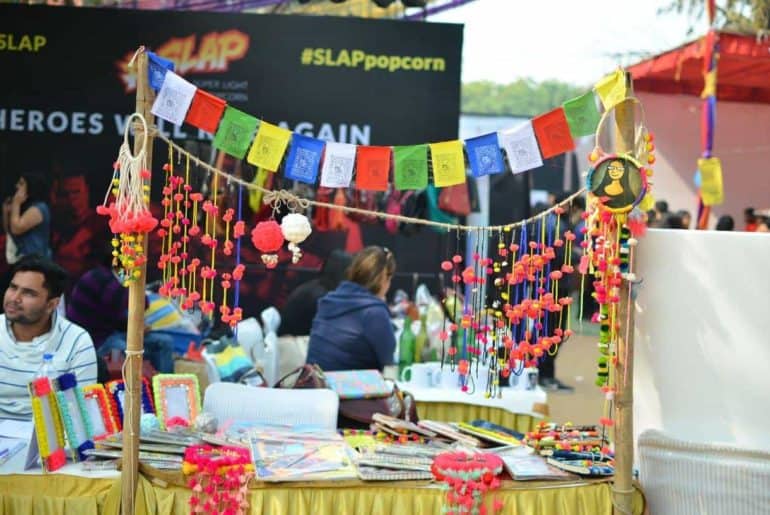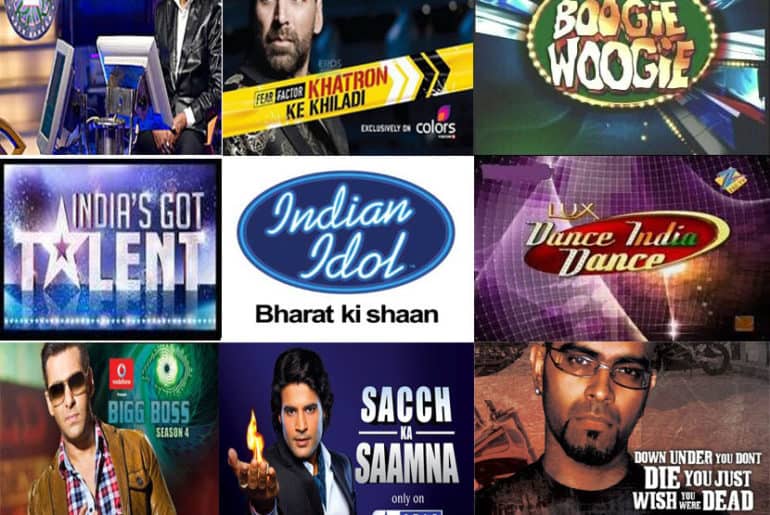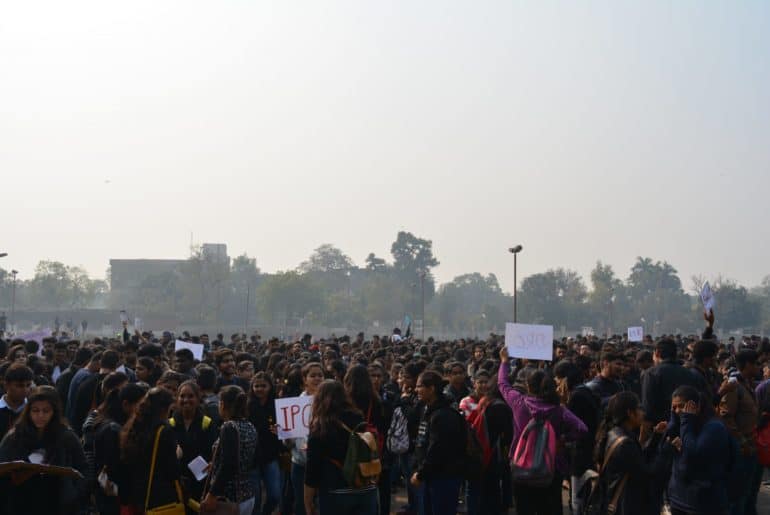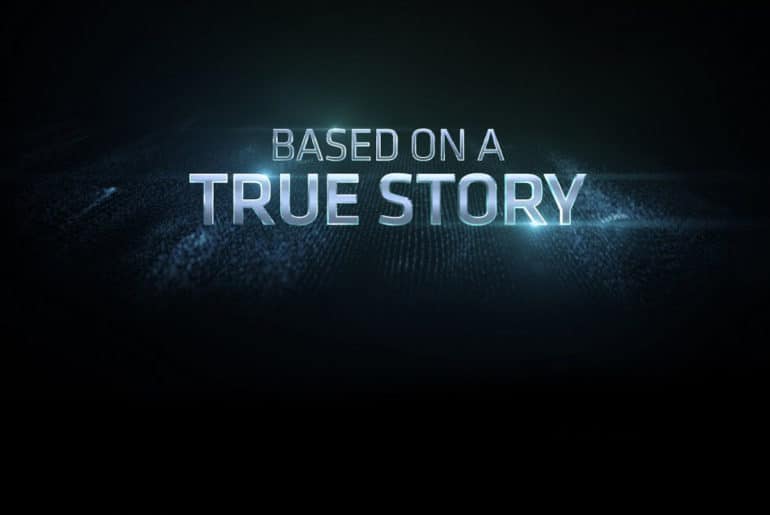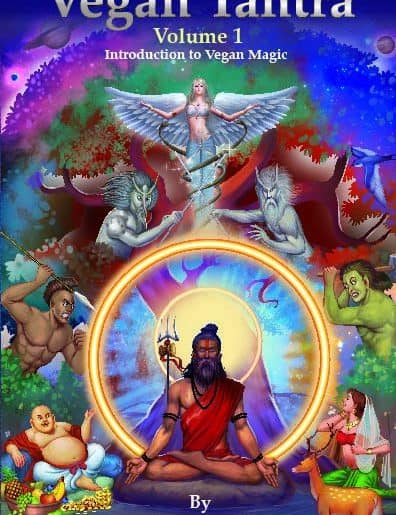College students are some of the most energetic, mischievously motivated, sleep-deprived, eternally hungry, and utterly broke people in the whole world.
Source: Ham bhi kabhi college me the.
We might not be able to provide a solution for the former four, but the last problem we can take care of. So, if you have ever wondered what it would be like to have more money than sense, read on.
Magicpin is an Android / iOS app that helps people find out the interesting food, beauty & fashion outlets in their localities and gives upto 50% cashback at all food, beauty & fashion outlets. This cashback can be used to buy BookMyShow, Amazon, and local food and beauty vouchers.
We are currently working on an internship project where college going students have already earned INR 30,000 to INR 40,000 last month. It’s a simple download & transaction based internship where students go to popular national outlets around them (McDs, Pizza Hut etc.) and tell people about the app and get them cashback.
You will be a part of a growing community that is as motivated towards work as towards having the most fun while at it. We are looking forward to have you join us and super-hyped about sharing our vision and our stories with you.
If these unrealistic-looking promises have you dreaming of the freedom of giving the perfect expensive gift to your partner without having to ask your parents for some money to buy “books”, please feel free to reach out to [email protected].
Also, don’t spend it all on the gift. College romances almost never last.
About Magicpin:
Magicpin is a platform where users and outlets in a locality discover, interact and transact. For users, we are the one-stop destination for finding the best restaurants, fashion stores, spas, and salons in their localities. For every visit you make to an outlet, you get free cashback in magicpin points, which can then be redeemed at Amazon, Book My Show, for mobile recharges, and a lot more.
- Best Cashback App of the Year 2016
- Backed by Google (Google Launchpad Accelerator Program)
- Backed by Lightspeed Venture Partners (Other investments include OYO, Snapchat, Limeroad)


